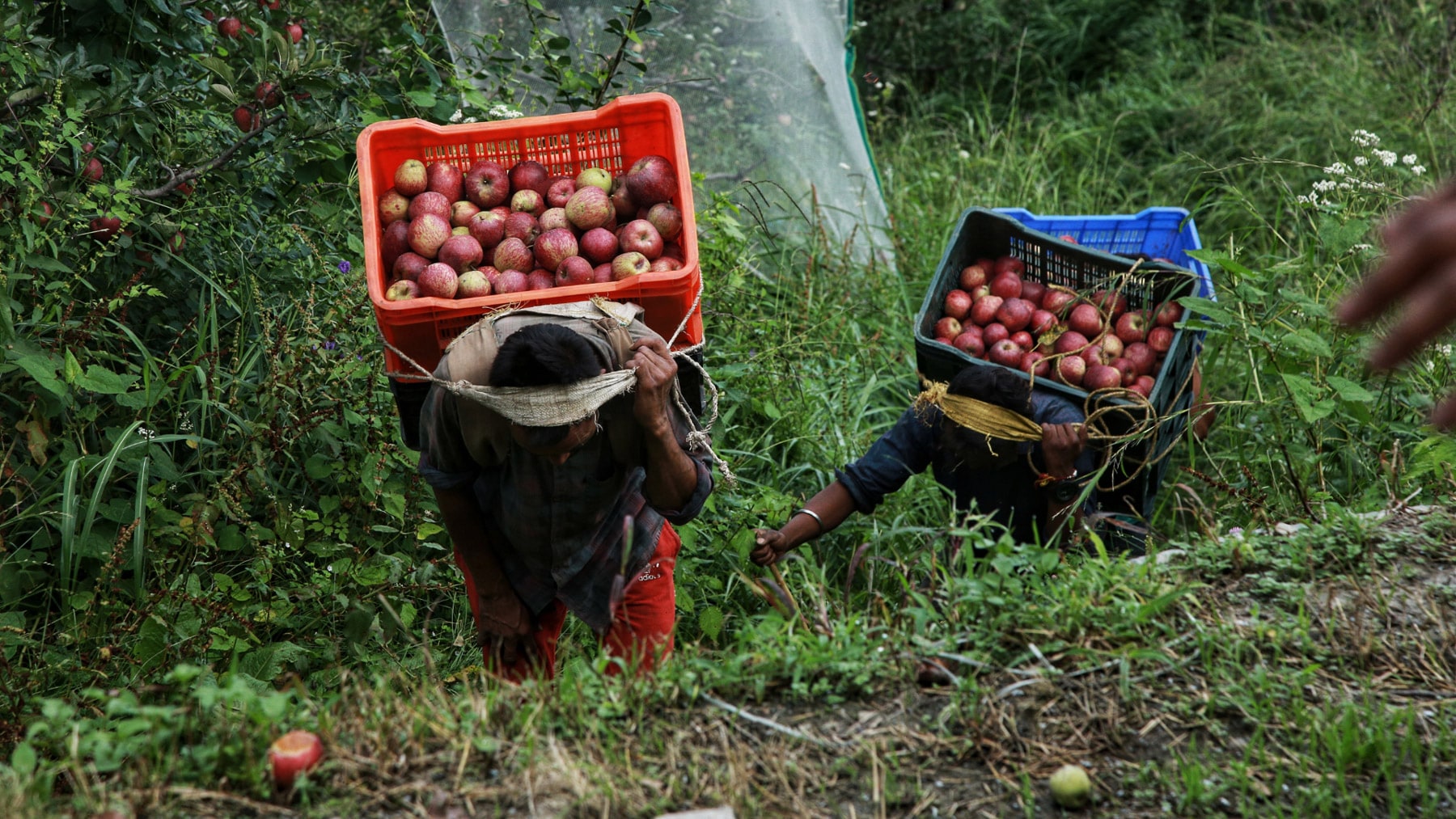3 January 2023
Identifying Optimal Cold Room Locations in Himachal Pradesh
Empa and BASE teams develop an algorithm to identify optimal cold room locations in Himachal Pradesh, India.
The Empa and BASE teams have developed an algorithm to identify optimal cold room locations in Himachal Pradesh, India. This was done by adapting the algorithm behind a multi-layer, interactive map of India for site location that was previously released.
In particular, the site location analysis was tailored to the boundary conditions of CoolCrop, an agricultural technology company focusing on distributed cold storage solutions for smallholder farmers who has several sites in the region. Their primary constraints included distance to the electricity grid, distance to roads, altitude, as well as yearly apple production in metric tonnes, which was information previously collected by the CoolCrop team at the block level.
Apples are a particularly important commodity in Himachal Pradesh, with over half of the state’s fruit production being apples . Its high consumption both within the country and abroad make it an attractive crop for the cold storage business. By applying thresholds to the different data layers and overlaying them, the team narrowed down the areas for optimal cold room placement, while taking into account all thevarious constraints.
“CoolCrop has found this tool invaluable in identifying where to focus our limited resources to have the most impact in an area and scale-up system deployment. We were excited to be a part of its development and the results are impressive. The next 25 systems being deployed have taken these results into account,” stated Srinivas Marella (COO) and Kendall Nowocin (CTO).

The thresholds and parameters in the algorithm can easily be modified such that the site identification can be performed for other constraints.
The team is also working on generating an open-access 10-m resolution apple orchard map in Himachal Pradesh using a machine learning technique called a One-Class Classification algorithm on high-resolution satellite imagery and GPS locations from ground-survey data. This map will provide complementary information to the existing layers currently used for cold room site location. Indeed, criteria concerning apple orchard locations, such as a minimum density of farms in the surrounding area, can be used during the optimisation of cold room site location for more fine-grained results that those previously possible. Furthermore, the machine learning models used to generate the map respond to the challenges of remote regions where data is more challenging to acquire.
